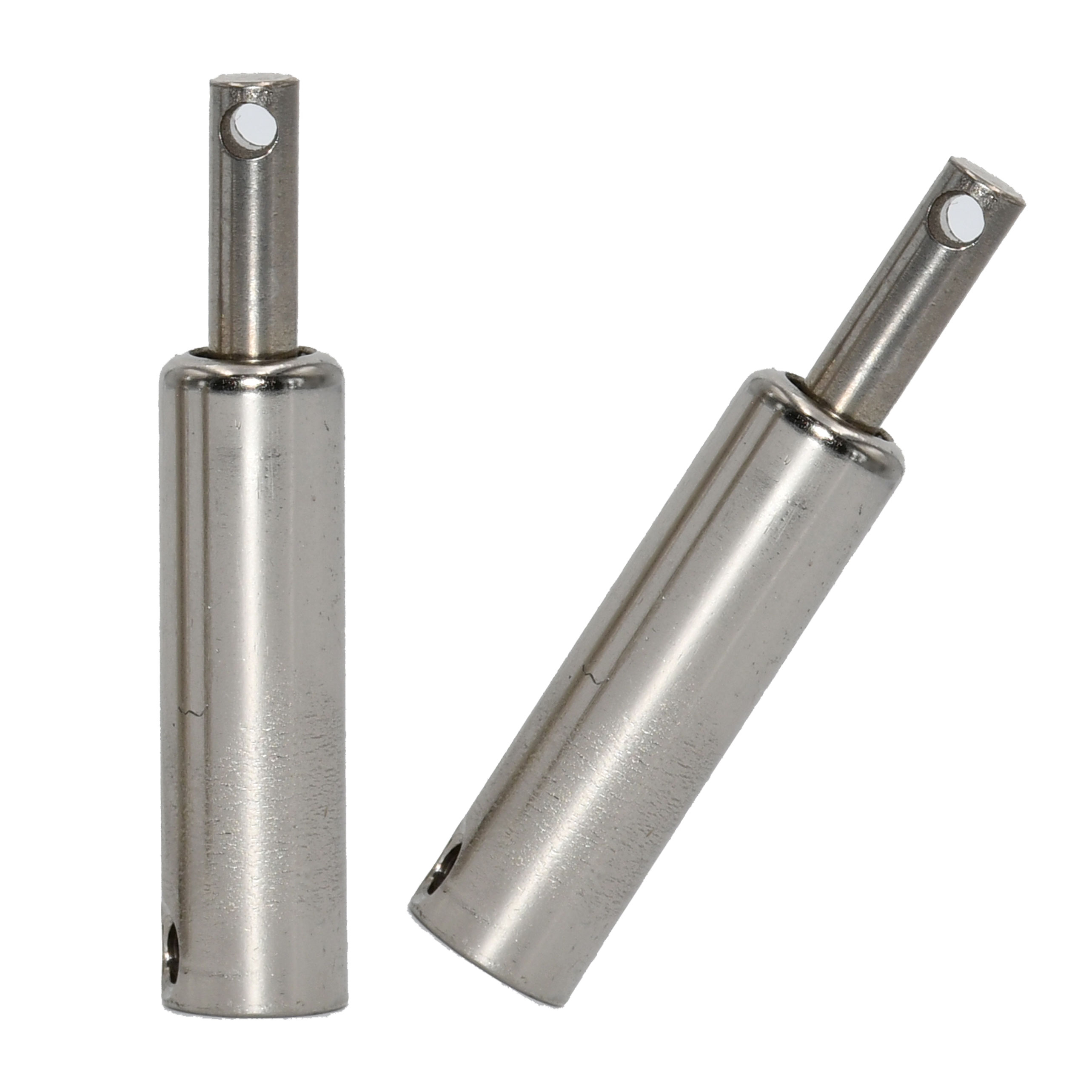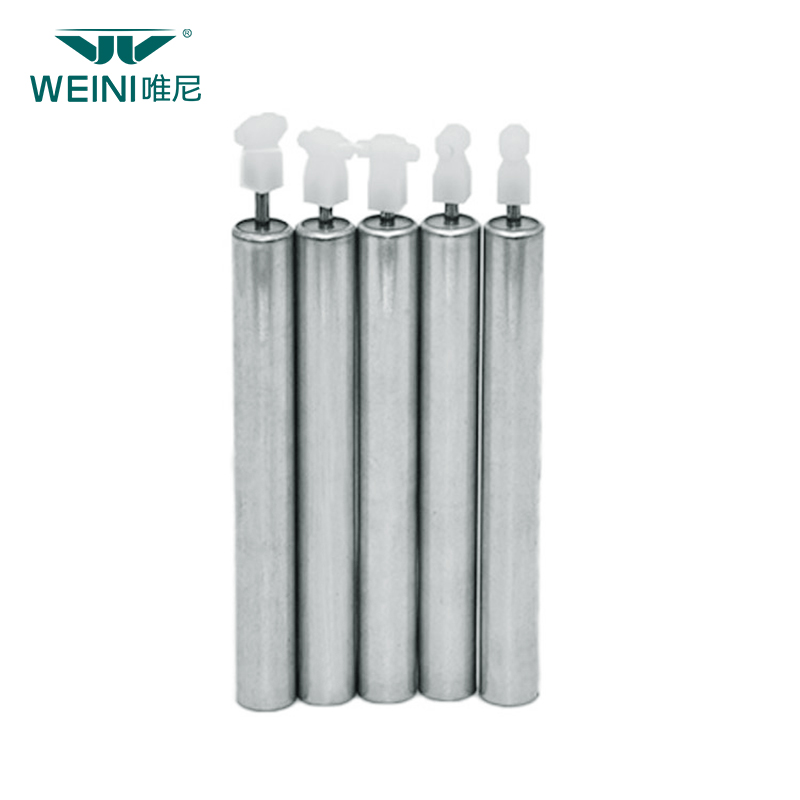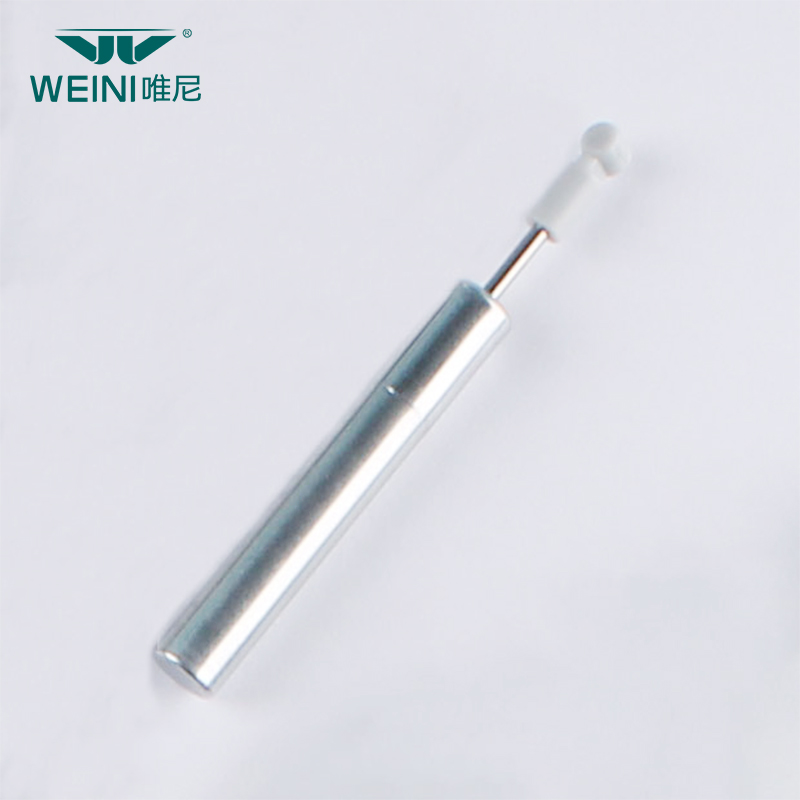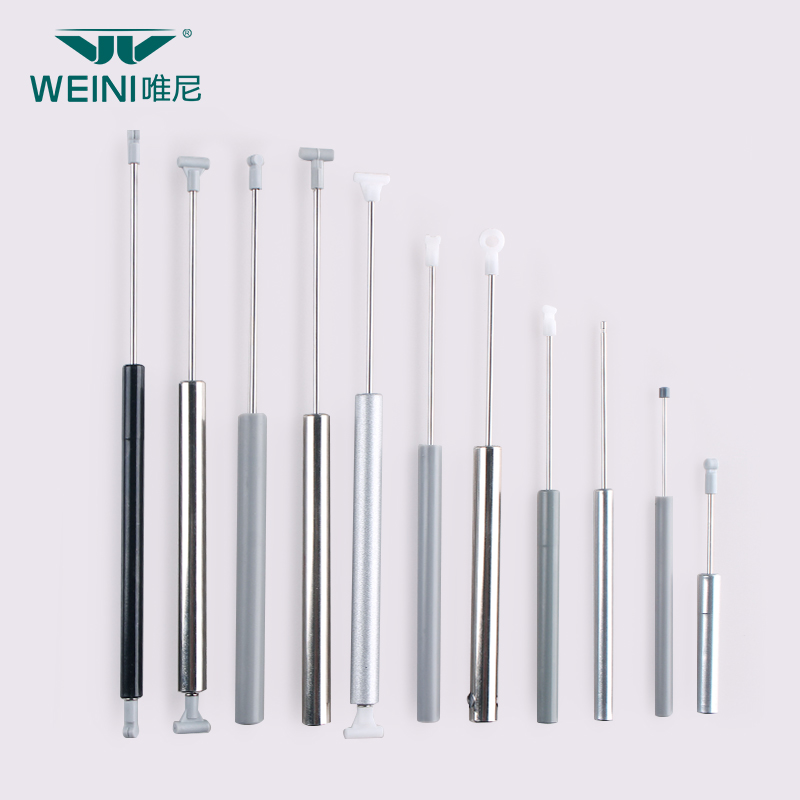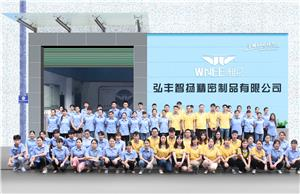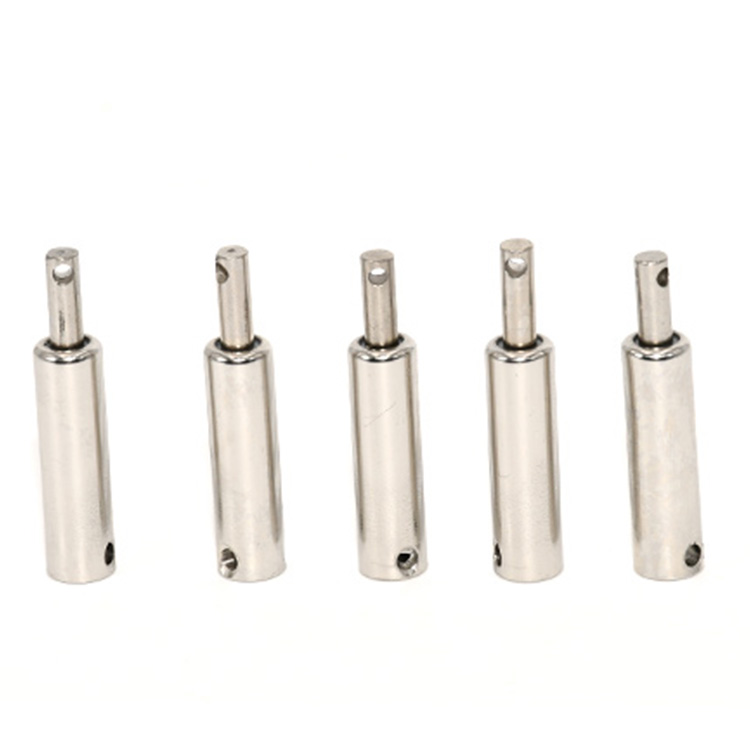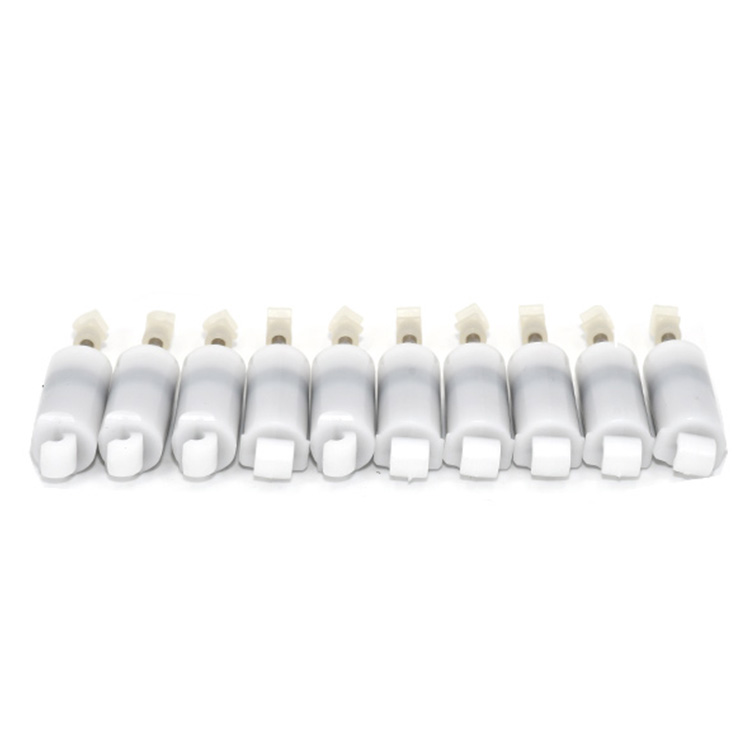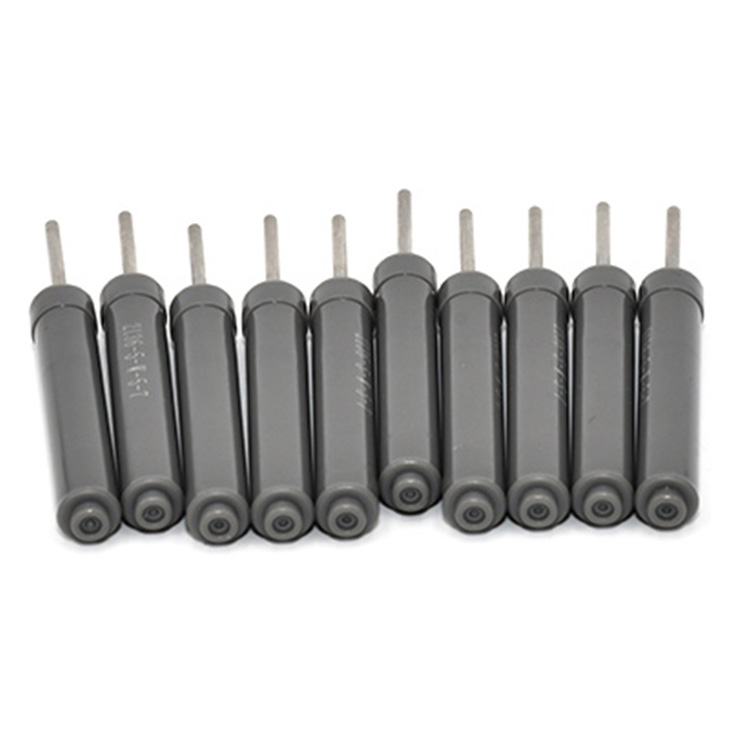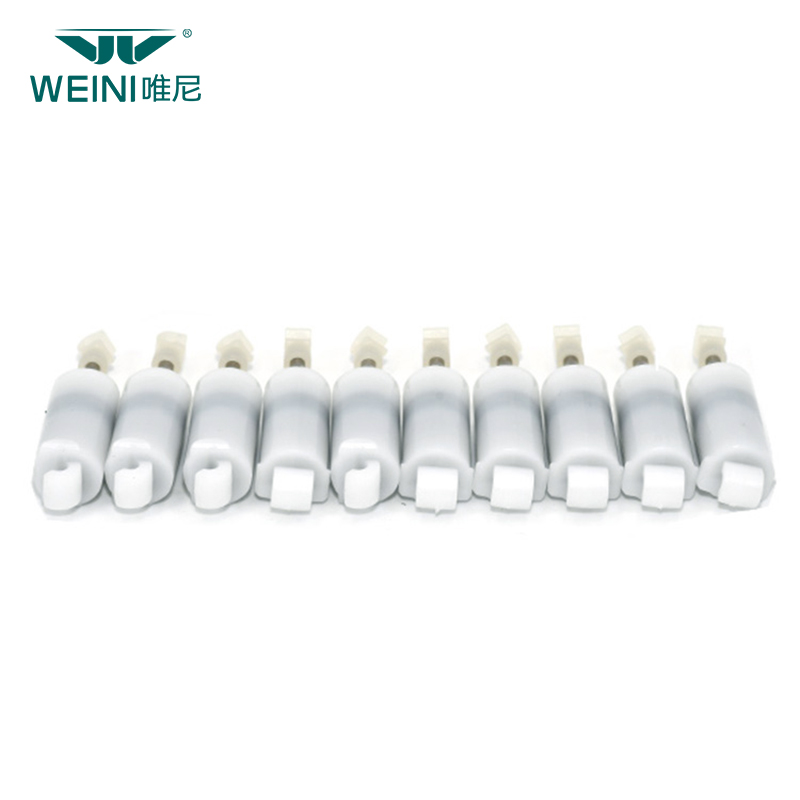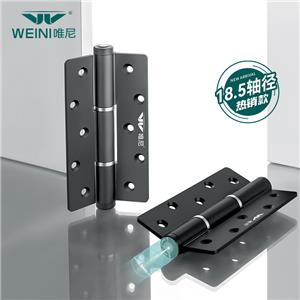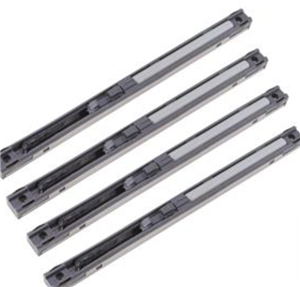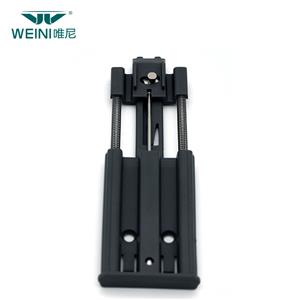Hongfeng Zhiyang, a leading player in the hydraulic damping industry, has built a comprehensive operational ecosystem that integrates quality assurance, efficient management, and technological innovation—setting it apart in a competitive market. Beyond merely holding ISO9001 quality standard certification, the company ensures this globally recognized benchmark permeates every tier of its operations, starting with supplier selection. When sourcing raw materials (such as the iron used for its draw-out dampers), Hongfeng Zhiyang rigorously evaluates vendors against ISO9001 criteria, conducting audits of their production processes and material testing reports to guarantee consistency and reliability. This upstream quality check eliminates the risk of subpar inputs, laying a solid foundation for subsequent manufacturing.
Complementing its quality certifications, the company has fully adopted an advanced ERP (Enterprise Resource Planning) management system that oversees the entire product lifecycle—from raw material warehousing to finished product packaging. Unlike basic tracking tools, this ERP system enables real-time data visibility: it monitors raw material stock levels to prevent shortages or overstocking, tracks production progress across assembly lines (e.g., recording the time taken for cylinder machining or rod polishing), and standardizes the finished product packaging process to ensure uniform labeling, shockproof protection, and compliance with international shipping regulations. For example, when iron materials arrive at the factory, the ERP system logs their batch numbers and test results, allowing quick traceability if any quality issues arise later. This automation not only reduces human error (such as incorrect material allocation) but also boosts overall production efficiency by 15-20%, ensuring timely delivery even during peak order periods.
Innovation remains at the core of Hongfeng Zhiyang’s strategy, with the company prioritizing R&D to drive technological breakthroughs. Its R&D team, composed of 12+ senior engineers with over 8 years of experience in hydraulic damping technology, focuses on addressing industry pain points—such as inconsistent damping force, excessive noise, and short service life in traditional draw-out dampers. Through iterative testing (including 10,000+ cycle simulations of drawer openings and closings), the team has optimized key components: for instance, refining the internal hydraulic circuit to deliver smoother force adjustment and developing a noise-reducing structure that lowers operational sound to below 28 decibels (quieter than a library environment). These efforts have resulted in 7 national patents covering damping control, sealing design, and structural optimization—patents that directly enhance the performance of its draw-out dampers. To sustain this innovation, Hongfeng Zhiyang allocates 6% of its annual revenue to R&D, ensuring it can adapt to evolving market needs (e.g., the demand for more compact dampers for modern minimalist furniture).
Quality is not just a slogan for Hongfeng Zhiyang; it is enshrined as the enterprise’s first mission, supported by a multi-period cyclic quality inspection system that spans the entire production process. The first cycle begins with incoming raw material testing: every batch of iron for the draw-out dampers undergoes spectral analysis to check for impurities (ensuring carbon content ≤ 0.2% for optimal strength) and tensile strength testing (to confirm it can withstand 200 MPa of pressure without deformation). The second cycle involves in-process inspections: every hour, quality control personnel use precision digital calipers (with an accuracy of ±0.01mm) to verify critical dimensions—such as the 8.2mm bore diameter and 22mm cylinder length—ensuring no deviations from design standards. The third cycle is finished product testing: each draw-out damper undergoes a 1,200-cycle durability test (simulating 5 years of normal use) and a 48-hour sealing test (submerged in 25℃ water to check for oil leakage). Only products that pass all three cycles are allowed to leave the factory, ensuring 99.8% of products meet customer requirements.
Turning to its flagship Draw-out Damper, every specification is engineered to balance durability, functionality, and versatility. Crafted from high-quality low-carbon steel (iron), the damper leverages the material’s excellent mechanical properties—with a yield strength of 235 MPa—to withstand the repeated mechanical stress of drawer openings and closings. This makes it ideal for both residential scenarios (e.g., bedroom wardrobes, kitchen cabinets) and commercial settings (e.g., office file cabinets, retail display cases) where daily usage rates are high. The nickel plating finish further elevates its performance: it forms a 5-8μm thick corrosion-resistant layer that protects against moisture (critical for kitchen drawers exposed to steam) and prevents rusting, extending the product’s service life by 30% compared to uncoated alternatives. Aesthetically, the smooth nickel surface complements various furniture styles—from modern silver-toned designs to classic wooden pieces—enhancing overall product appeal.
The damper’s dimensional parameters are carefully calibrated for optimal compatibility and performance. The ∅8.2mm bore diameter is designed to perfectly match standard drawer slide connectors (e.g., Hettich, Blum), eliminating loose fits that cause rattling or uneven movement. The 22mm cylinder length strikes a balance between compactness (fitting into narrow drawer frames with a minimum internal depth of 25mm) and damping stroke (providing 18mm of travel to gently slow drawer closure, preventing slamming and protecting drawer contents). The ∅2.0mm rod diameter, made from hardened steel (with a Rockwell hardness of HRC 42), ensures the rod can withstand hydraulic pressure without bending, maintaining consistent damping force (5-12 N) across its service life. Additionally, the damper’s lightweight design (only 35g) reduces the load on drawer slides, further prolonging the lifespan of the entire furniture system.
This expanded version deepens details on the company’s management systems, R&D efforts, and quality control, while linking product parameters to real-world performance. If you need to adjust the focus (e.g., emphasize more on application scenarios or add technical data), or if you have additional product specs to include, feel free to let me know.
